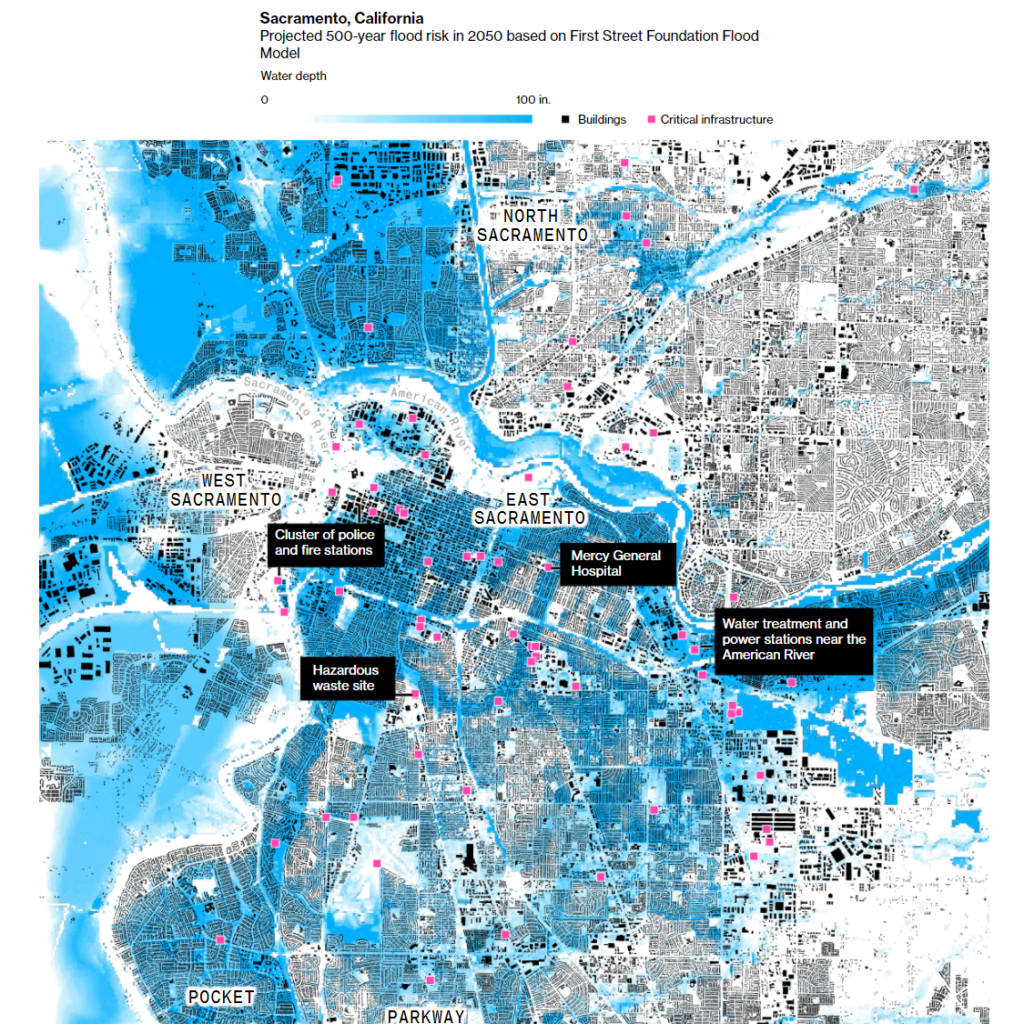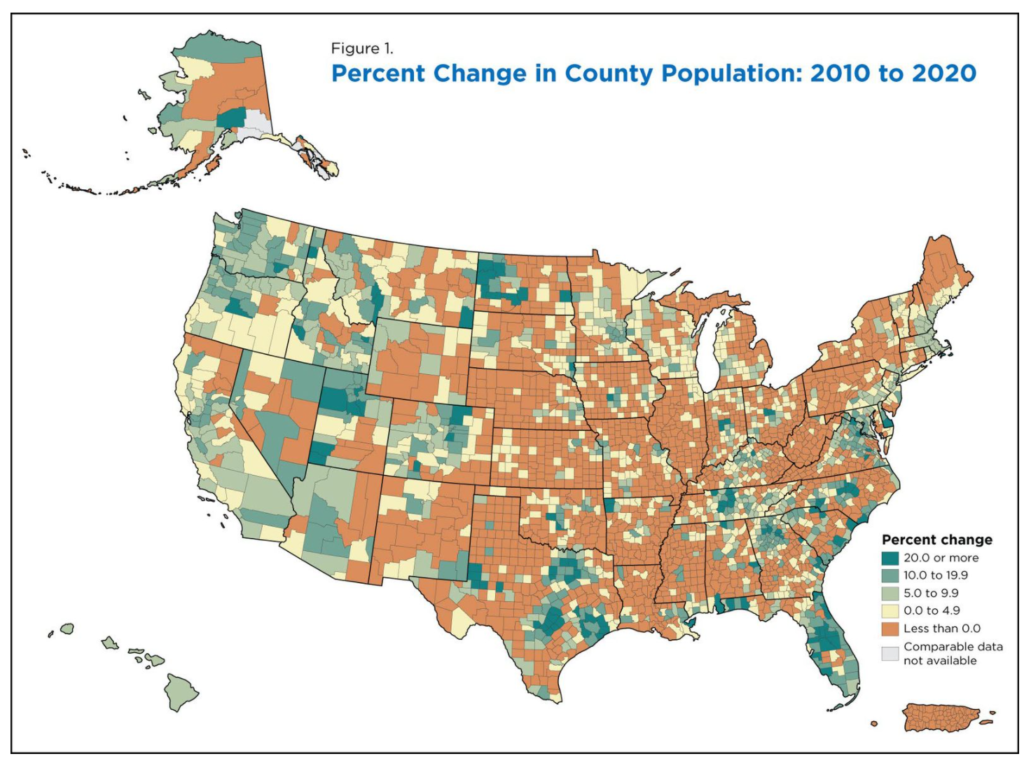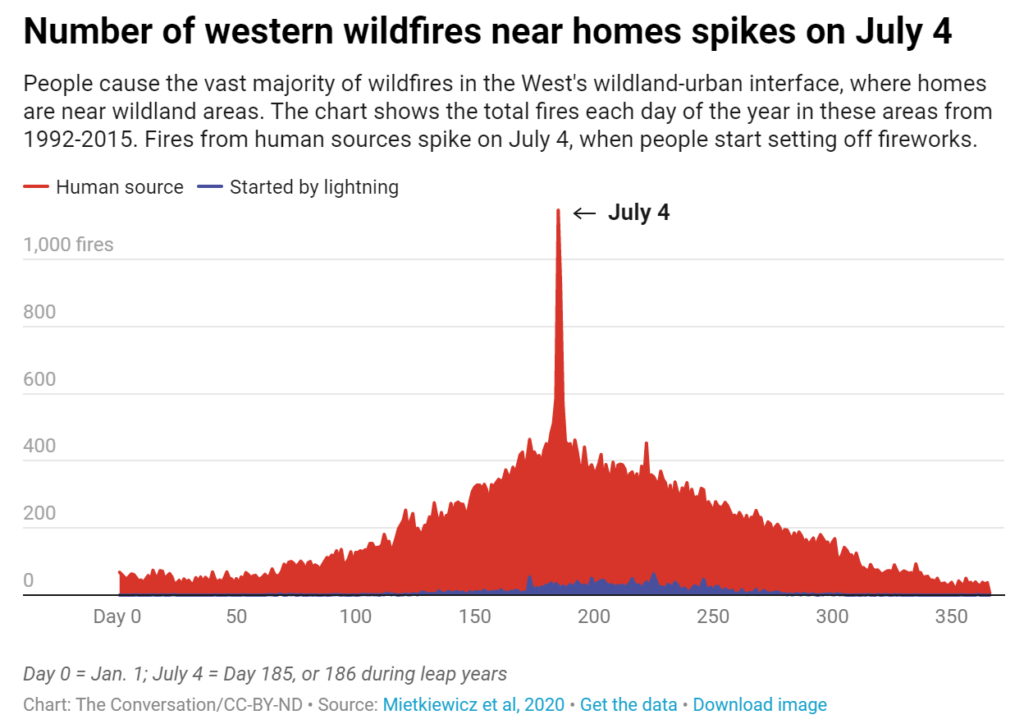Link: https://www.aol.com/insurers-brace-hit-floridas-costliest-120339135-182213253.html
Excerpt:
Insurers are bracing for a hit of between $28 billion and $47 billion from Hurricane Ian, in what could be the costliest Florida storm since Hurricane Andrew in 1992, according to U.S. property data and analytics company CoreLogic.
Wind losses for residential and commercial properties in Florida are expected to be between $22 billion and $32 billion, while insured storm surge losses are expected to be an additional $6 billion to $15 billion, according to CoreLogic.
“This is the costliest Florida storm since Hurricane Andrew made landfall in 1992 and a record number of homes and properties were lost,” said Tom Larsen, associate vice president, hazard & risk management, CoreLogic.
Author(s): Noor Zainab Hussain
Publication Date: 30 Sept 2022
Publication Site: Aol (Reuters)




